What Makes A Good Holster A Good Holster
By now, it’s generally accepted that some holsters are good and some aren’t, which begs the question of what separates them.
Yes, there is a difference between the holsters that are supposedly the best and the ones that you find advertised for such low, low prices on social media.
So let’s dive into what separates good from not.
Good Holsters Start With A Good Design
A good holster sufficiently retains the pistol and protects the trigger guard, minimizing the chances of accidental discharge on holstering and while holstered. A good holster will stay securely attached while being worn.
Anything that doesn’t do these bare minimum things is not good. So clearly, a quality holster starts out with sound design principles.
Hybrid holsters, regardless of what any materials they may be made out of or if the shell fully wraps the trigger guard, will always pose a danger on holstering.
The base material bulges outward when the gun is drawn, which creates a potential for snagging the trigger when holstering and creating an accidental discharge.
Get out on the web and you’ll find all sorts of horror stories about them. I have only had one gun drop from a holster. It was out of a hybrid OWB with a holster shell that fully wrapped the trigger guard. Luckily there was no discharge (thank God) but it happened.
Leather holsters that lack a reinforced mouth (such as the Askins Avenger or Summer Special designs, which do) have the same potential problem. As they get used, the leather softens, creating the potential for the holster mouth to curl inward, snagging the trigger.


That’s why you don’t carry a Glock with a Yaqui Slide-style OWB. That’s why hybrid holsters are an inferior design.
Cheap foldover clips break and/or don’t always grip the belt and clothing sufficiently, leading to the holster coming out on the draw. Or they bend, lose elasticity and deform to the point where they no longer work. Poor quality snap loops easily pop open after far fewer donning and doffing cycles.


A quality holster starts with being designed to retain the gun, protect the trigger, be secured to the wearer and certainly not to wear out with time to the point where they pose a danger in being used.
Materials Don’t Matter…Mostly
Kydex is a brand-name material; the copyright is held by the Sekisui corporation, and anyone who buys Kydex for holster making buys it from them or from a distributor who does.
Some companies use a different material called Boltaron, and sometimes don’t tell you it’s different. That said, it doesn’t matter; Boltaron is darn near chemically identical. They’re both polyvinyl acrylic thermoplastics and their properties such as shear strength, tensile strength and heat resistance are basically the same.
In other words, it’s basically all the same plastic.
Ah, but what about injection-molded holsters?
Basically all the same stuff across manufacturers, too. They’re almost all made of some sort of nylon, with DuPont’s Zytel family being the most prominent. Among the most common is good ol’ Nylon 6,6 (pistol frames are made with it; Remington named a whole gun after it!) though NyCast and Nyamid are pretty common, too.
Granted, injection-molded polymers do live up to one aspect of hype. The material is stronger than Kydex, with a higher shear strength, higher tensile strength and greater heat resistance. Kydex will deform if left in a hot car, but nylon has to be heated to over 400 degrees to flow.
That’s why most modern duty holsters are injection-molded, such as Safariland’s. Incidentally, they do their molding in Mexico and assemble in the US…just like Ford. (Say something about “mAdE IN aMeRIcA” again.) It’s one of the worst-kept secrets in the industry and why their lead times are so long and availability is so spotty.
When Materials Matter: Leather Holsters


While leather holsters aren’t as common, a quality example is every bit as tenable as any Kydex holster. With leather holsters, the materials do start to matter.
Quality gun leather is made with vegetable-tanned grain leather, either full-grain or top-grain (read about the difference here) with full-grain being preferred if you can get it, but top-grain is fine.
And so are some of the best leather boots money can buy.
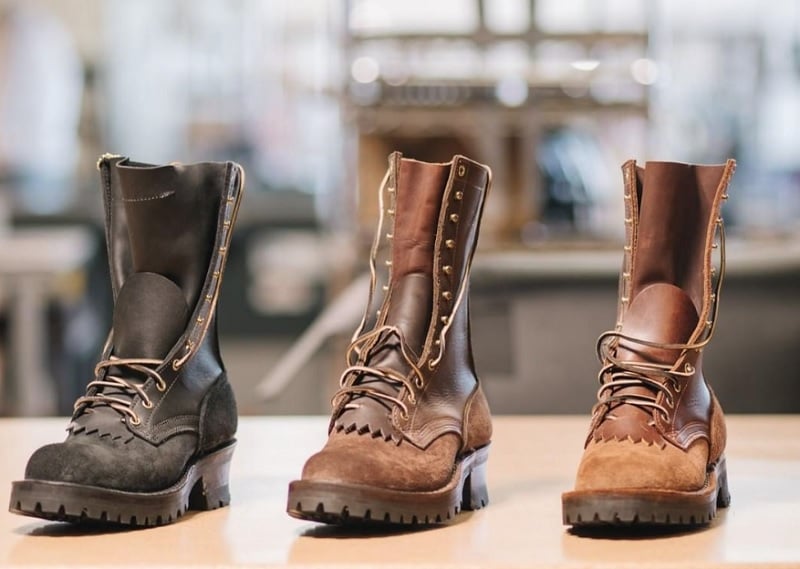
 And why?
And why?
Full-grain and top-grain leathers are made from the outermost layers of skin (the epidermis) which have the densest fiber structure and are therefore the strongest.
Vegetable tanning is where natural compounds (tannic acids, aka tannins, and usually from oak bark) are used to preserve and cure the leather.
Most leather by volume is chrome-tanned, which is faster and cheaper at scale but also produces a softer product. That’s fine for driving gloves, but not for fightin’ leather. That’s why most working leathers like horse tack and saddle leathers are vegetable-tanned.
Roughout and nubuck, grain leathers with the nap of skin fibers, are fine, but suede is not.
If a leather holster maker doesn’t tell you what kind of leather they use, look elsewhere.
Bear in mind, too, that vegetable-tanned horsehide does not make up for the deficiencies in a poor leather or – basically any – hybrid holster design; a reinforced mouth and quality snaps or clips are still essential.
Holster Molding And Finishing
So…if design matters but materials matter less (unless for leather holsters) what is it that sets so many holsters apart? The devil, of course, is all in the details.
Partially it’s fitment. The more exactly the holster fits all the contours, nooks and crannies, the more securely it adheres and therefore the better the passive retention. See also, more surface area making contact.
Here’s a Dark Star Gear holster.
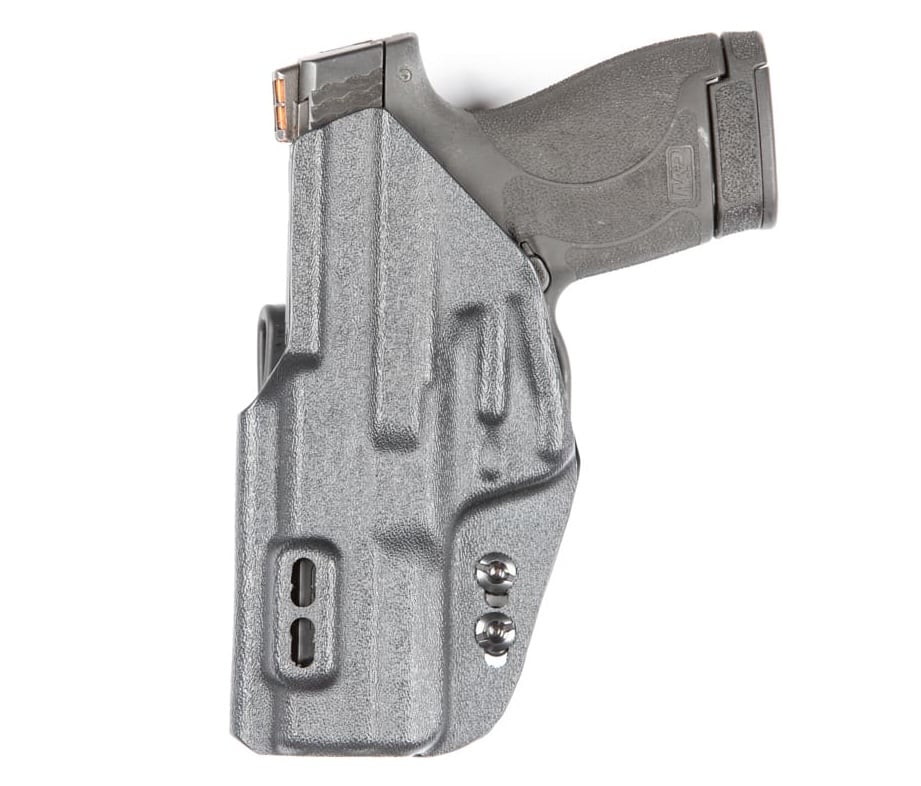
 This is a competing product from a brand that’s all over Facebook…and actually costs about the same.
This is a competing product from a brand that’s all over Facebook…and actually costs about the same.
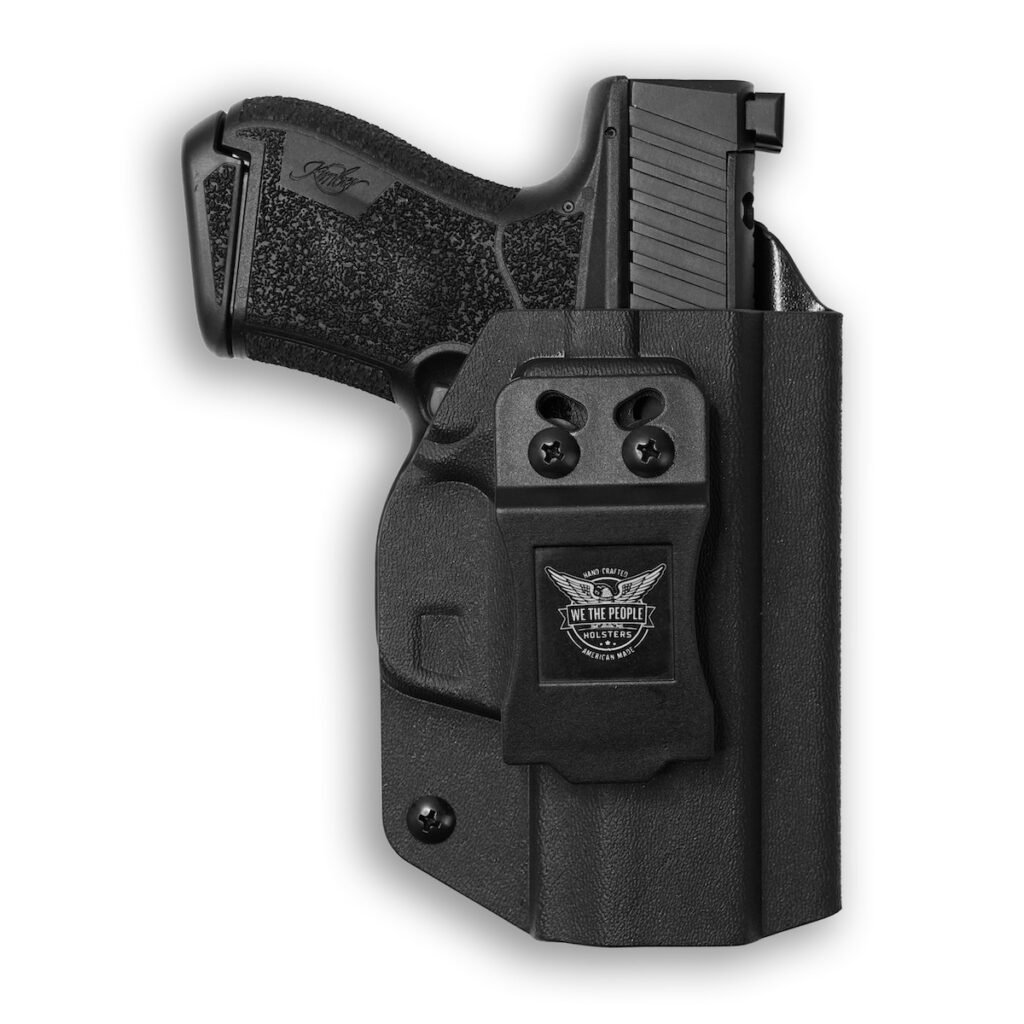
 Look at the differences. Do you see how much more detailed one is compared to the other? One thing that separates some holster makers from others is the attention paid to the molds for more precise fitment.
Look at the differences. Do you see how much more detailed one is compared to the other? One thing that separates some holster makers from others is the attention paid to the molds for more precise fitment.
Some don’t make sins; they make tragedies.
This is also an element in leather holsters. The blocking matters, and there is a reason why quality gunleather, like the kind you’d get from Kramer Gunleather and Milt Sparks, is more expensive.
Then we come to finishing.
Quality examples have a lot more finishing work, trimming away excess material and rounding edges for comfort. Look at the Dark Star Gear holster above; see how it has very little extra material past the trigger guard and the other one has a lot more?
Look how the trigger guard of this KSG Armory holster has a lip.
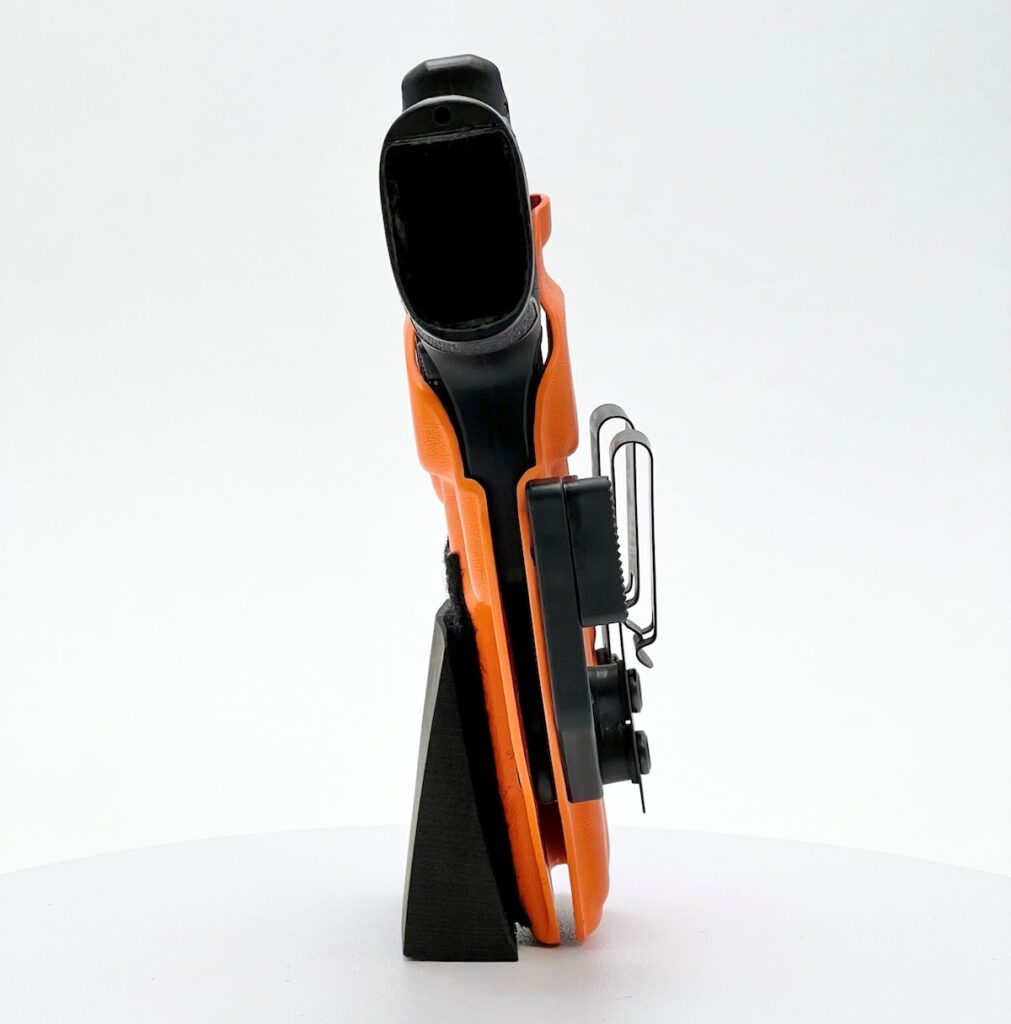
 And this one doesn’t.
And this one doesn’t.
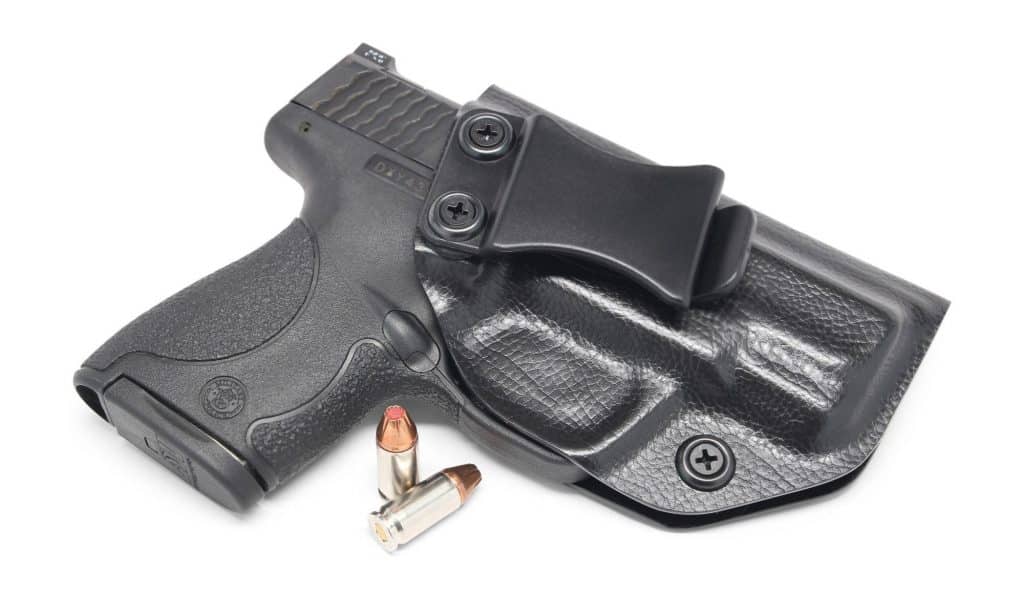

That’s because the cheaper example just has less put into it. But it has a “premium” finish!
Then we come to other details. Look at the edges.
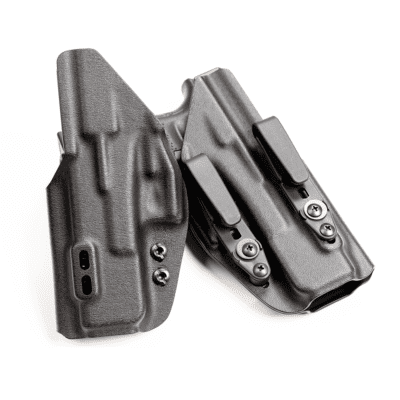

See how they’re all radiused? Attention paid to that kind of detail adds up to a much more comfortable holster to wear. Ever hear of “dehorning” a gun for concealed carry by rounding off sharp edges? It’s the same idea.
There’s also some differences in hardware. Cheap foldover clips don’t perform as well as quality snap loops or clips from proven manufacturers like Raven Concealment or Discrete Carry Concepts. And PHlster Enigma compatibility.
So hopefully you’re starting to see where those details are what matters, and that’s where a lot of the difference lies. It’s not the materials.
It’s that the people making it actually give a damn.
Some companies make products to sell, and some companies make products that work that they offer for sale. Talk to the supposed “best” holster companies like KSG Armory, PHlster, Henry Holsters, JM Custom, Dark Star Gear and they’ll all tell you that they use their stuff, which is why they know it works.
Now ask yourself…do you want to buy a piece of critical gear from someone who just wants to satisfy a demand?
Or would you rather buy from someone who cares about how well their gear works?
Read the full article here






